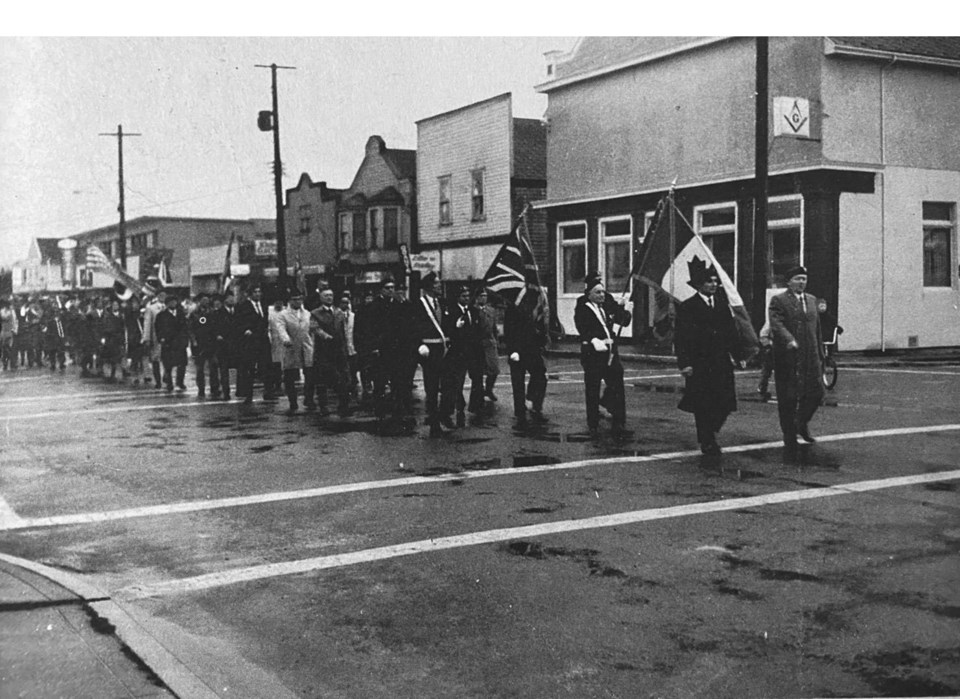One of the names on the Ladner cenotaph is Sidney Rich.
He was killed in the second battle of Ypres on June 3, 1916, and his body never recovered.
The only son of a pioneer Ladner family, Rich was an early volunteer for the war effort and enlisted in the Motorcycle Scouts.
His profession allowed him to qualify for the position of range finder, considered a dangerous one in the army. When his death was announced in the local paper, he was remembered for his kind and genial manners and as a friend of many.
In 1921, the cenotaph was unveiled at Memorial Park in Ladner to honour Rich and other local residents lost in the First World War.
The park at the south end of Delta Street was originally the property of William Henry Ladner.
Sidney’s father, prominent businessman Harry Nelson Rich, obtained the acreage to be developed as a memorial administered by the Delta Memorial Park Association.
The memorial structure was unveiled at a large community gathering in May of that year.
There were 27 names of young Delta men who died in that war, etched on the granite structure.
The volunteer association continued to operate the park and maintain the cenotaph until 1956, when the property and the assets were turned over to the Corporation of Delta.
The cenotaph, which has had more names added, continues to be the centre of well-attended Remembrance Day observances in South Delta.
In 2022, the City of Delta unveiled a storyboard near the base of an oak tree just steps away from the cenotaph.
It was initially planted in November 2017 after Delta MP Carla Qualtrough was among 150 recipients across Canada of saplings made available in recognition of the 100th anniversary of Vimy Ridge.
After the First World War at a decimated Vimy Ridge, Lt. Leslie Miller found the remains of a half sunken oak tree. He retrieved some of the remaining acorns and planted them at his family farm in Scarborough, Ont.
The tree’s story, the significance of its location and a look back at the 1917 four-day battle in northern France are explained on the storyboard.



